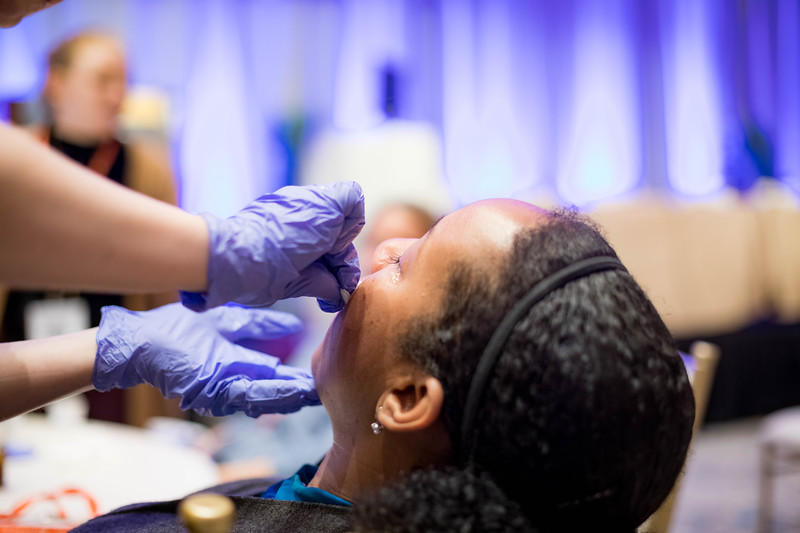
The optimal treatments for skin of color patients seeking dermatologic care are constantly changing. Keeping up to date with the latest advances in the field, both medical and aesthetic, can prove to be difficult and overwhelm even the most brilliant dermatologist. With a growing recognition that constant training and direct access to skin of color thought leaders is necessary to be at the forefront of trending evidence-based research, leading experts in the field are joining forces to ensure skin of color patients receive the care they need. Among these experts are Dr. Andrew Alexis and Dr. Eliot Battle, co-chairs of the Skin of Color Seminar Series, the largest CE event dedicated to patients with skin types III – VI. With an unparalleled agenda and an esteemed faculty of KOL’s, this is probably THE event all dermatologists wanting to stay up to date on all skin of color medical and aesthetic advances must attend.
Always a highlight of the Skin of Color Seminar Series, attendees have the rare opportunity to ask their most pressing questions to the world’s top skin of color dermatology experts.
